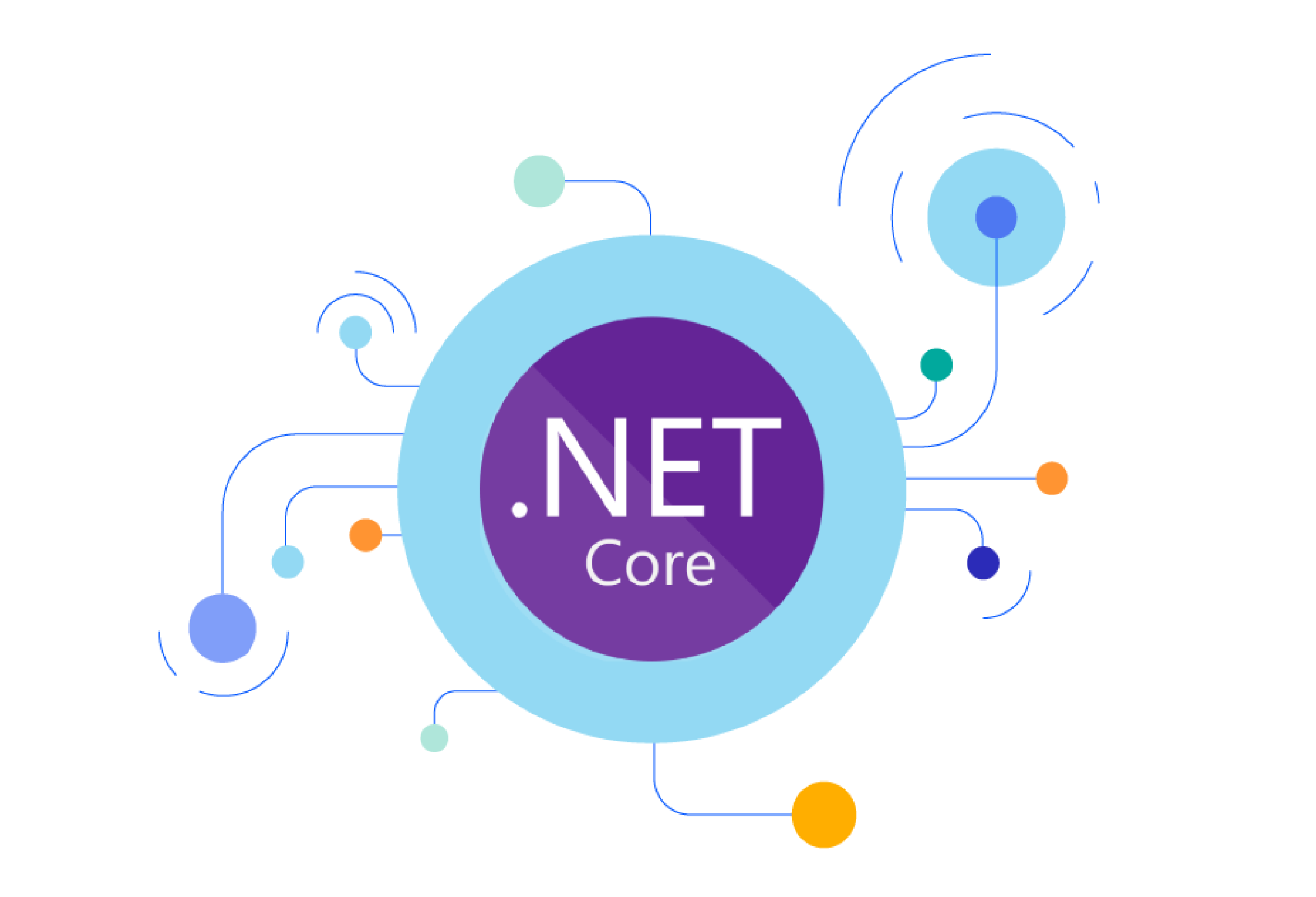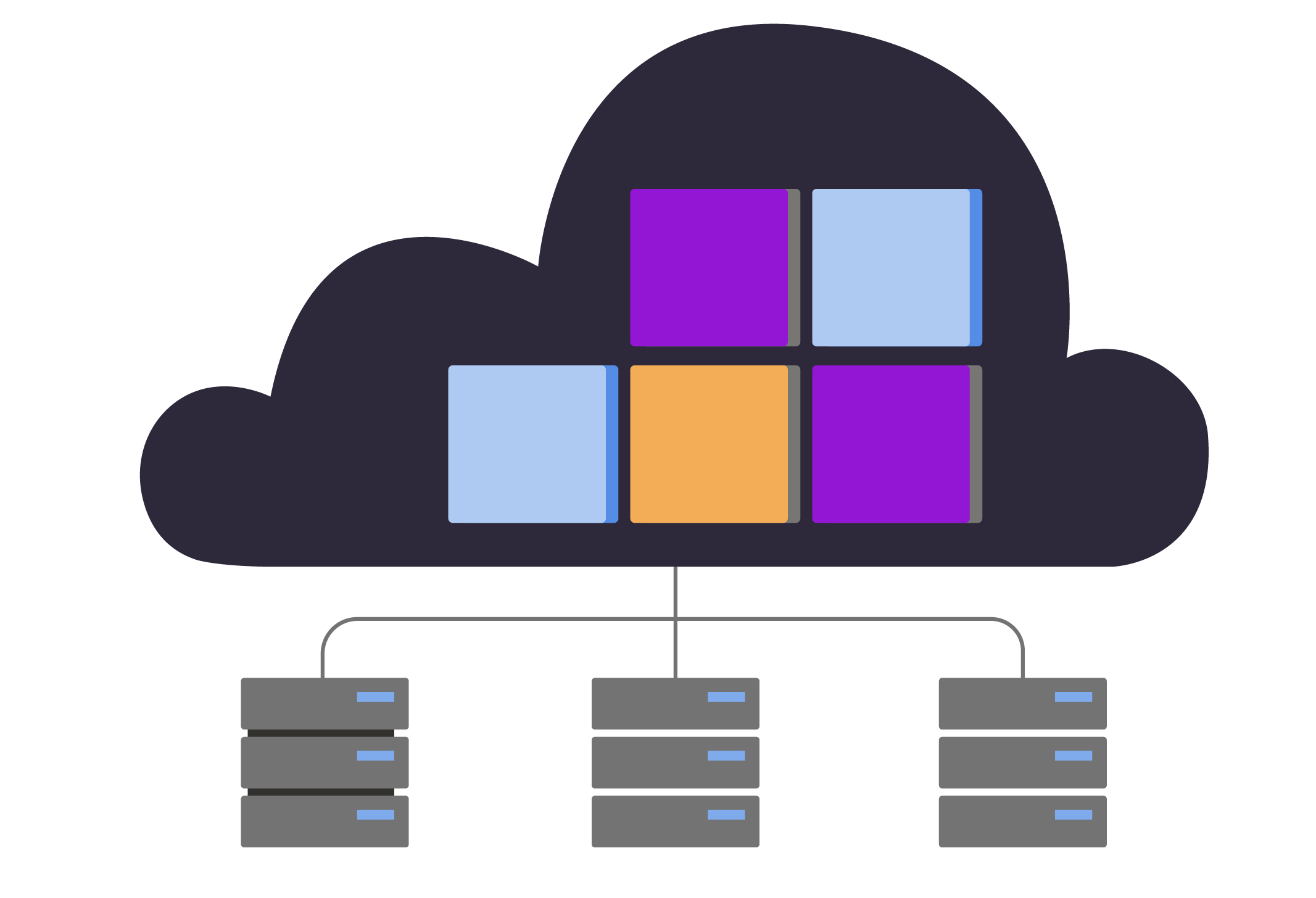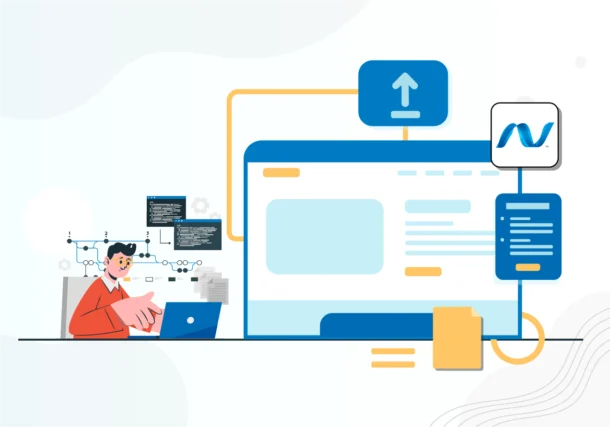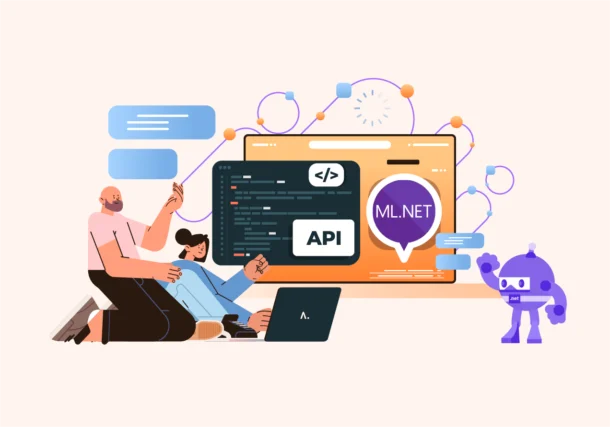Presenting Dotnet Core’s Business Odyssey by Clutching Tomorrow’s Toolkit
As a reliable framework and set of tools for software development on several platforms, Dotnet Core has emerged as a key technology in today’s corporate environments. Nowadays, cloud-native solutions and corporate applications are just two of the many uses for which it is useful in business. To remain competitive in today’s ever-changing digital landscape, firms must forecast future technological trends. Technology improvements have a significant impact on the acceptance and deployment of Dotnet Core across various industries, hence shaping its destiny.
Examining new developments, possible breakthroughs, and expected difficulties are all part of researching Dotnet Core’s commercial future. Dotnet Core is positioned to be a key player in promoting innovation and corporate expansion, from cloud-native development to cross-platform interoperability and integration with cutting-edge technologies like AI and IoT. Businesses must comprehend these potential future developments and make necessary preparations to be able to fully utilize Dotnet Core and maintain their competitiveness in an increasingly digital marketplace.
Dotnet Core is positioned to be a key player in promoting innovation and corporate expansion, from cloud-native development to cross-platform interoperability and integration with cutting-edge technologies like AI and IoT. Businesses must comprehend these potential future developments and make necessary preparations to be able to fully utilize Dotnet Core and maintain their competitiveness in an increasingly digital marketplace.
This conversation aims to provide a thorough analysis of Dotnet Core’s commercial landscape going forward. Businesses may learn a great deal about how Dotnet Core will continue to influence the business landscape in the years to come by looking at present patterns, technological developments, and possible obstacles. Additionally, the goal of this conversation is to give companies tactical advice on how to successfully manage these upcoming trends so they can use Dotnet Core to propel success and innovation into their operations.
From Origins to Market Dominance; Tracing Dotnet Core’s Journey
Since its start, Dotnet Core has been an incredible journey, growing from its modest origins to becoming a key component of contemporary software development. Gaining knowledge of Dotnet Core’s beginnings and historical context can help one better understand how the project has developed over time. Dotnet Core development was first developed by Microsoft as an open-source, cross-platform framework to improve performance, flexibility, and scalability to overcome the shortcomings of the .NET Framework.
Important turning points and version releases have greatly influenced the development of Dotnet Core.  The framework has incorporated novel features, improvements, and optimizations with every iteration, meeting the changing requirements of companies and developers. The framework has continuously pushed the limits of what is possible in software development, starting with the release of Dotnet Core 1.0 and continuing with the most recent improvements and advancements in Dotnet Core 3.x and beyond.
The framework has incorporated novel features, improvements, and optimizations with every iteration, meeting the changing requirements of companies and developers. The framework has continuously pushed the limits of what is possible in software development, starting with the release of Dotnet Core 1.0 and continuing with the most recent improvements and advancements in Dotnet Core 3.x and beyond.
The industry significance of Dotnet Core is further highlighted by adoption trends and market penetration. Dotnet Core has had broad adoption throughout time in a variety of fields, such as web development, cloud-native solutions, enterprise apps, and more. Its increasing appeal among developers and companies globally can be attributed to its cross-platform compatibility, performance enhancements, and support for contemporary development methodologies.
Given Dotnet Core’s increasing popularity, it’s critical to acknowledge how drastically it has changed the software development industry. Through an appreciation of its past, comprehension of significant achievements, and recognition of its extensive implementation, companies, and developers can fully utilize Dotnet Core development to stimulate creativity, effectiveness, and expansion in the digital age.
Exploring Dotnet Core’s Cross-Platform and Cloud-Native Trajectory
Dotnet Core becomes a key component in determining how software development will progress in the future as technology advances. Dotnet Core applications is ready to guide companies into a new era of creativity and efficiency thanks to its extensive feature set and flexibility.
Since its beginnings, Dotnet Core has undergone key milestones and version releases in its progress. Dotnet Core has undergone constant evolution from its inception to the present to satisfy the shifting demands of both enterprises and developers. Its market penetration and acceptance patterns show that its potential and capabilities are becoming more widely recognized across a range of industries.
Dotnet Core is poised to adopt new trends that will shape software development in the future. Microservices architecture and cloud-native development are leading the way in offering increased application deployment efficiency, flexibility, and scalability. Dotnet Core’s ability to run on several platforms adds to its allure by enabling developers to create and implement applications that work flawlessly in a variety of settings.
Microservices architecture and cloud-native development are leading the way in offering increased application deployment efficiency, flexibility, and scalability. Dotnet Core’s ability to run on several platforms adds to its allure by enabling developers to create and implement applications that work flawlessly in a variety of settings.
Furthermore, new avenues for innovation and value generation are made possible by Dotnet Core’s integration with cutting-edge technologies like AI and IoT. Through the utilization of artificial intelligence and networked devices, companies can get novel perspectives, streamline workflows, and provide tailored client experiences.
Businesses need to be proactive and well-informed in order to fully utilize Dotnet Core applications as they navigate this future trajectory. This means implementing agile development techniques, embracing cloud-native ideas, and making investments in ongoing education and skill development.
Dotnet Core’s Performance, Speed, and Cost-Efficiency; Unclosing Business Potential
Dotnet Core is an outstanding instance of innovation in the ever-changing field of technical developments, revolutionizing the way companies approach software development. As we progress through the modernization process, it is critical to acknowledge the revolutionary potential that Dotnet Core offers to businesses globally.
Businesses can create high-quality software solutions with a competitive edge thanks to Dotnet Core’s unmatched performance capabilities. Because of its streamlined runtime and effective resource management, enterprises can create apps that operate flawlessly even when faced with a high workload. Additionally, Dotnet Core’s latest version asynchronous programming support makes it possible to create systems that are highly responsive and scalable, guaranteeing a seamless user experience across a variety of platforms and devices.
Beyond just performance, Dotnet Core’s adaptability and agility play a key role in quickening the development process. Developers may write code only once and have it run on different operating systems because of its cross-platform compatibility, which speeds up development and decreases time to market. More importantly, Dotnet Core’s modular architecture makes it simple to integrate with current technologies and systems, which promotes innovation and makes it possible for companies to quickly adjust to changing consumer expectations.
Another feature of Dotnet Core that appeals to businesses is its cost-effectiveness. Dotnet Core dramatically lowers total development expenses by doing away with the requirement for pricey license fees by utilizing open-source frameworks and tools. Its lightweight design and low system requirements also translate into cheaper infrastructure expenses, making it a desirable option for companies of all kinds, from startups to large corporations.
Dotnet Core is essentially a paradigm shift in corporate software development, providing a powerful blend of speed, cost-effectiveness, and performance. Businesses can open up new channels for growth, innovation, and a competitive edge in the fast-paced market of today by adopting Dotnet Core.
Migration, Talent, and Security Considerations; Helming Challenges in Dotnet Core Adoption
Businesses that investigate Dotnet Core adoption face a number of obstacles that need to be carefully considered. Developing successful migration plans is one of the biggest obstacles. Compatibility problems could arise when moving current apps to Dotnet Core, particularly when integrating with older platforms. To guarantee a seamless transition and reduce operational disruptions, organizations must conduct thorough planning and testing.
Training and talent acquisition are important additional factors. Adopting Dotnet Core frequently requires hiring developers with this technology stack experience or upskilling existing developers. Businesses need to spend money on hiring initiatives and training programs in order to have a staff that is qualified to use Dotnet Core efficiently. Furthermore, in order to stay up with the dynamic Dotnet Core ecosystem, it is imperative to cultivate a culture of ongoing learning and adaptability.
Priority one concerns in any technology adoption process are security and compliance. Even though Dotnet Core has strong security protections, it can be difficult to make sure that it complies with industry rules and data protection guidelines. To protect their apps and data, businesses need to put strict security measures in place and keep up with the most recent security patches and best practices.
Making smart decisions and taking a proactive stance are necessary to meet these problems. Work together with knowledgeable partners and take advantage of their experience to greatly reduce the risks involved in adopting Dotnet Core. Working with a respectable technology consulting firm like Pattem Digital can offer companies helpful advice and assistance as they navigate the Dotnet Core platform.
Partnering with Pattem Digital for Dotnet Core Success; Embrace Tomorrow with Confidence
Our mission at Pattem Digital is to enable companies with state-of-the-art Dotnet Core solutions. Our dotnet development company has knowledgeable staff and is aware of how quickly technology is advancing and how crucial it is to maintain an advantage in the cutthroat market of today. With our experience, we offer full-service solutions that cover everything from performance optimization to migration methods, making sure your company takes full advantage of Dotnet Core.
We take great satisfaction in offering specialized solutions that are customized to each client’s specific needs. Whether your goal is to increase productivity, boost scalability, or solve security issues, our staff is dedicated to providing solutions that advance your company. You can confidently embrace the future of technology when Pattem Digital is your partner.





